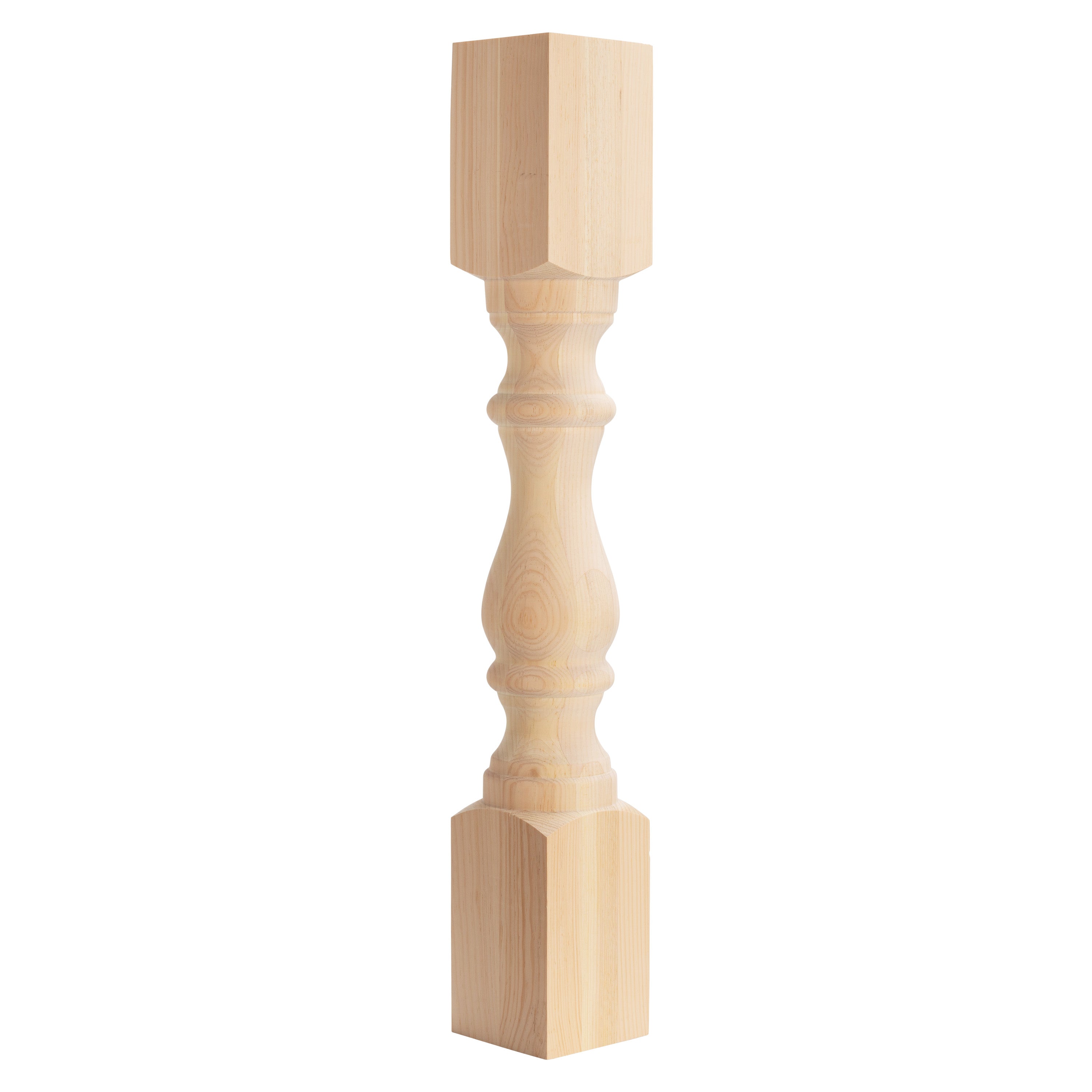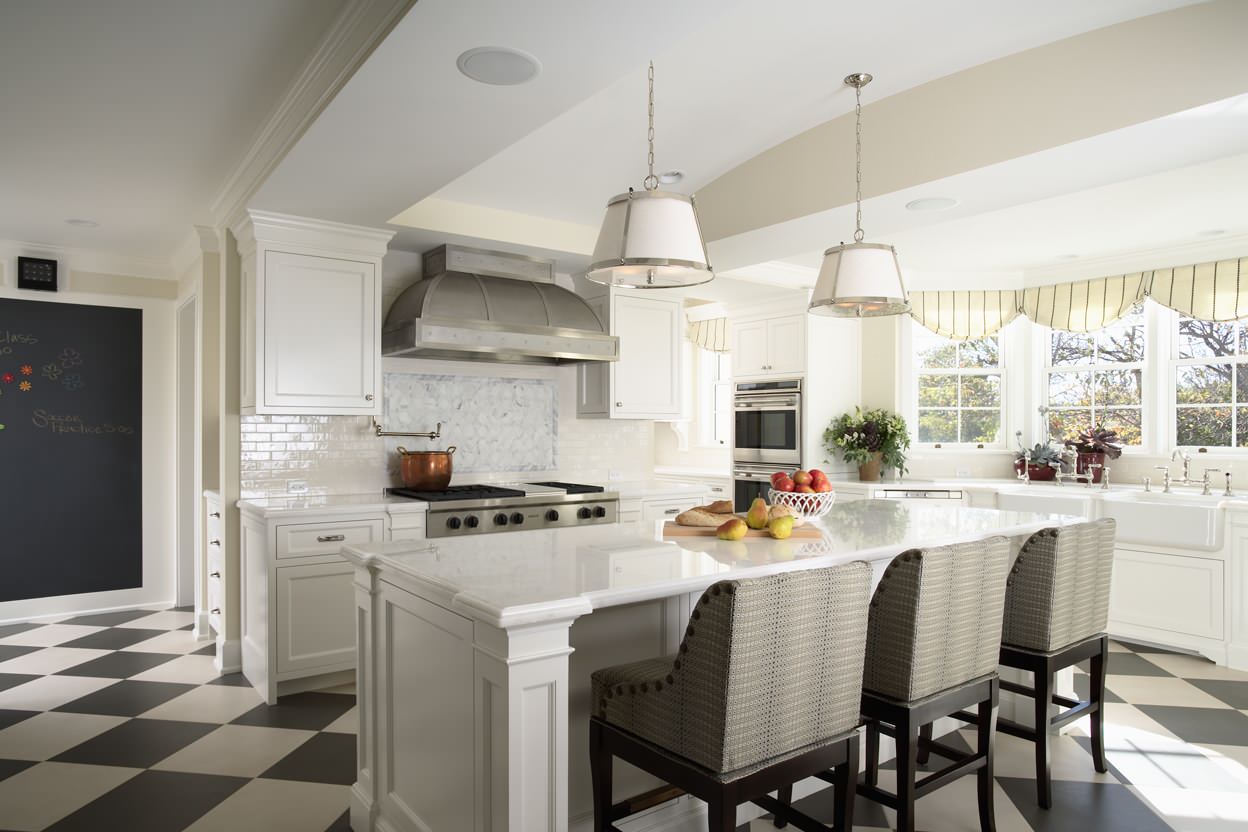Change Your Room with Innovative Kitchen Island Leg Designs
Change Your Room with Innovative Kitchen Island Leg Designs
Blog Article
Checking Out the Necessary Features of a Kitchen Island Leg for Your Culinary Space
The kitchen island offers as a main hub in any kind of cooking area, and the choice of leg layout is critical in boosting both its performance and visual appeal. Understanding the crucial functions of kitchen island legs-- consisting of material options, design styles, and security aspects-- can considerably impact the overall experience within the kitchen.
Importance of Kitchen Island Legs
Cooking area island legs play a vital role in both the functionality and visual appeals of a cooking area room. They not just support the weight of the island yet likewise enhance the general design, adding to the kitchen's visual allure. The selection of legs can dictate the style of the cooking area, be it contemporary, conventional, or rustic.
Functionally, durable and properly created legs guarantee security, allowing for the risk-free usage of the island for different jobs such as food prep work, eating, or entertaining. Solid legs prevent wobbling and shifting, giving a trustworthy surface for everyday tasks.
Furthermore, the elevation and placement of the legs can influence the comfort level for those seated at the island. A well-considered elevation can suit bar stools or chairs, promoting a welcoming environment for events.
In addition to these functional factors to consider, kitchen island legs can function as a centerpiece in the space (kitchen island leg). Ornamental or uniquely designed legs can elevate the design visual, making the island a focal point. Hence, picking the ideal kitchen area island legs is necessary for balancing form and feature in any kind of cooking area
Material Options for Legs
Choosing the appropriate product for kitchen area island legs dramatically affects both toughness and style. Common material choices include timber, stone, and steel, each offering unique benefits.
Timber is a preferred selection because of its warmth and convenience. It can be quickly customized to match various style designs, from rustic to contemporary. Woods like oak and maple offer excellent stamina and longevity, while softer timbers can be more at risk to tear and put on.
Metal legs are preferred for their sleek, modern-day aesthetic. kitchen island leg. Stainless-steel and aluminum are not just durable however additionally resistant to corrosion and deterioration, making them excellent for kitchen settings. They can create a commercial look and are usually offered in numerous finishes to match various other kitchen aspects
Rock legs, such as granite or marble, add an aspect of deluxe and stability. While much heavier than various other materials, they supply outstanding sturdiness and can hold up against significant weight. They might call for extra assistance to guarantee correct balance.
Inevitably, the selection of product need to line up with both functional needs and the general design vision of the kitchen room, making sure that the island legs improve both utility and visual appeals.
Layout Designs to Think About
What design styles should be considered when picking legs for a kitchen area island? The choice of leg design substantially influences the overall visual of your cooking space. For a modern kitchen area, sleek and minimalistic leg styles, such as stainless steel or geometric forms, can improve the modern allure, giving a tidy and clean appearance.
In comparison, standard kitchen areas take advantage of classic styles such as transformed or sculpted wooden legs, which include heat and personality. These options often include complex details that enhance vintage furnishings. For a rustic ambiance, consider legs made from recovered wood or functioned iron, which bring a natural, earthy quality to the area.
If you lean towards a commercial style, robust metal legs with a troubled surface might be optimal, offering an edgy yet sophisticated touch. Additionally, farmhouse design cooking areas can integrate beefy legs that stimulate a sense of toughness and homeliness.

Elevation and Stability Aspects
The height and stability of a kitchen area island are vital components that directly impact its performance and individual experience. A suitable cooking area island leg need to provide sufficient height to fit a range of jobs, from food prep work to informal eating.
Security is equally essential, especially as cooking area islands often act as prime focus in culinary atmospheres. A steady leg style lessens tottering and changing, which can bring about mishaps or discomfort throughout usage. Products such as solid wood, steel, or a mix thereof are frequently used to accomplish the required durability. The leg's attachment to the island's base must be safe and secure, making sure longevity and strength versus the wear and tear of daily usage.
Personalization and Accessories
Customization options and accessories for cooking area island legs can significantly boost both the visual charm and functionality of the room. Home owners can choose from a variety of products, including stone, metal, and wood, enabling seamless integration with existing cooking area decoration. The choice of coating-- be it an all-natural stain, repaint, or powder finishing-- further customizes the look, ensuring that the island enhances the overall layout theme.
In enhancement to material and surface, homeowners may additionally explore the consolidation of devices such as decorative brackets, flexible feet, or incorporated shelving. Brackets can provide extra assistance while adding to a contemporary or rustic visual. Adjustable feet are specifically helpful for irregular flooring, guaranteeing redirected here the island stays steady and degree, which is critical for both safety and usability.

Conclusion
In verdict, kitchen area island legs offer an essential duty in giving security and boosting the general visual of the culinary space. Customization options and devices can boost the kitchen area island, making it an unique focal point within the home.
The kitchen island serves as a main center in any type of culinary room, and the selection of leg style is critical in enhancing both its functionality and aesthetic charm. Understanding the important features of cooking area island legs-- consisting of material alternatives, style styles, and stability factors-- can significantly influence the general experience within have a peek at these guys the kitchen.Cooking area island legs play a vital function in both the functionality and visual appeals of a kitchen room.What style styles should be thought about when selecting legs for a kitchen island?In conclusion, cooking area island legs serve a critical function in offering security and improving the overall visual of the culinary room.
Report this page